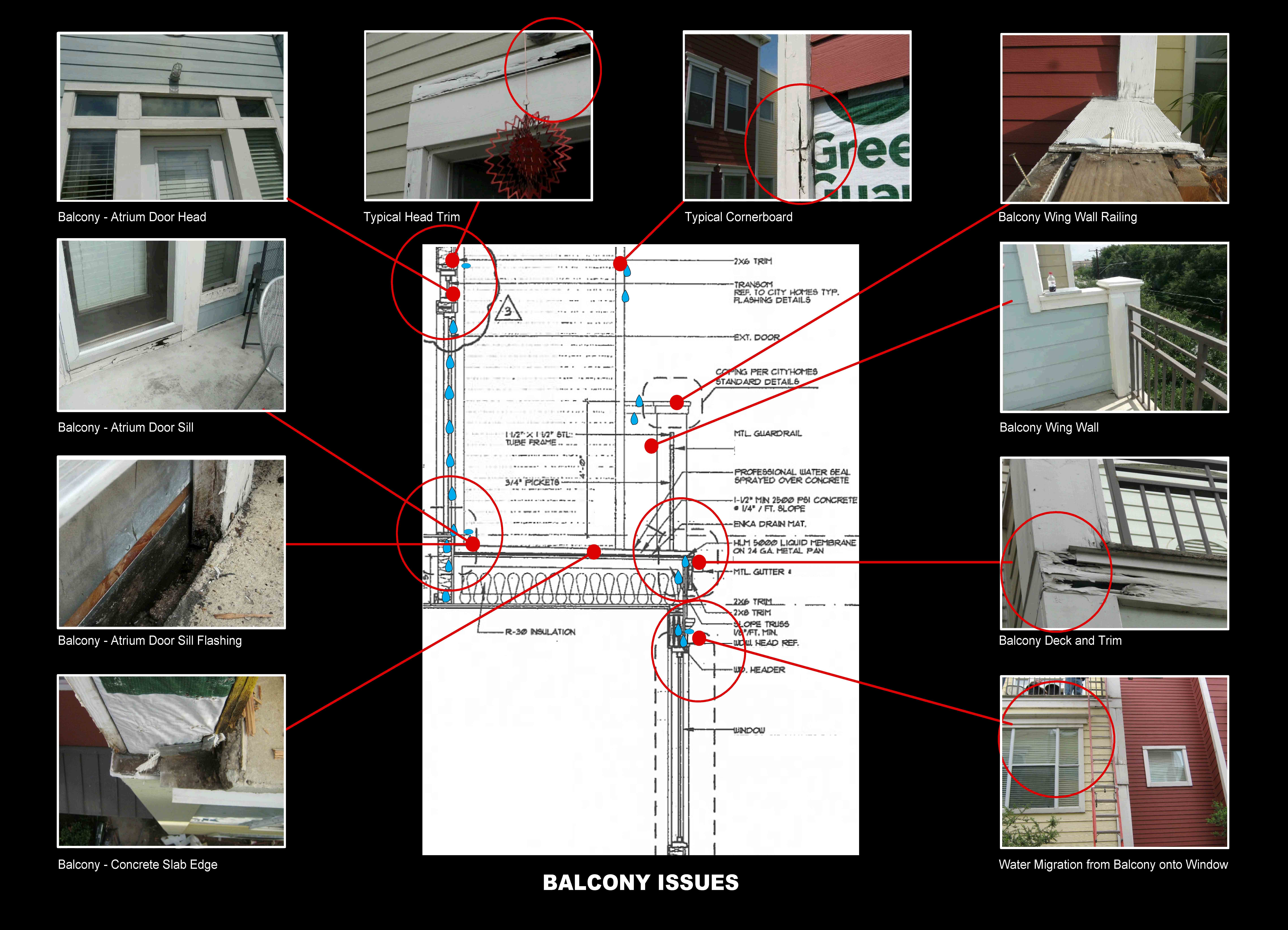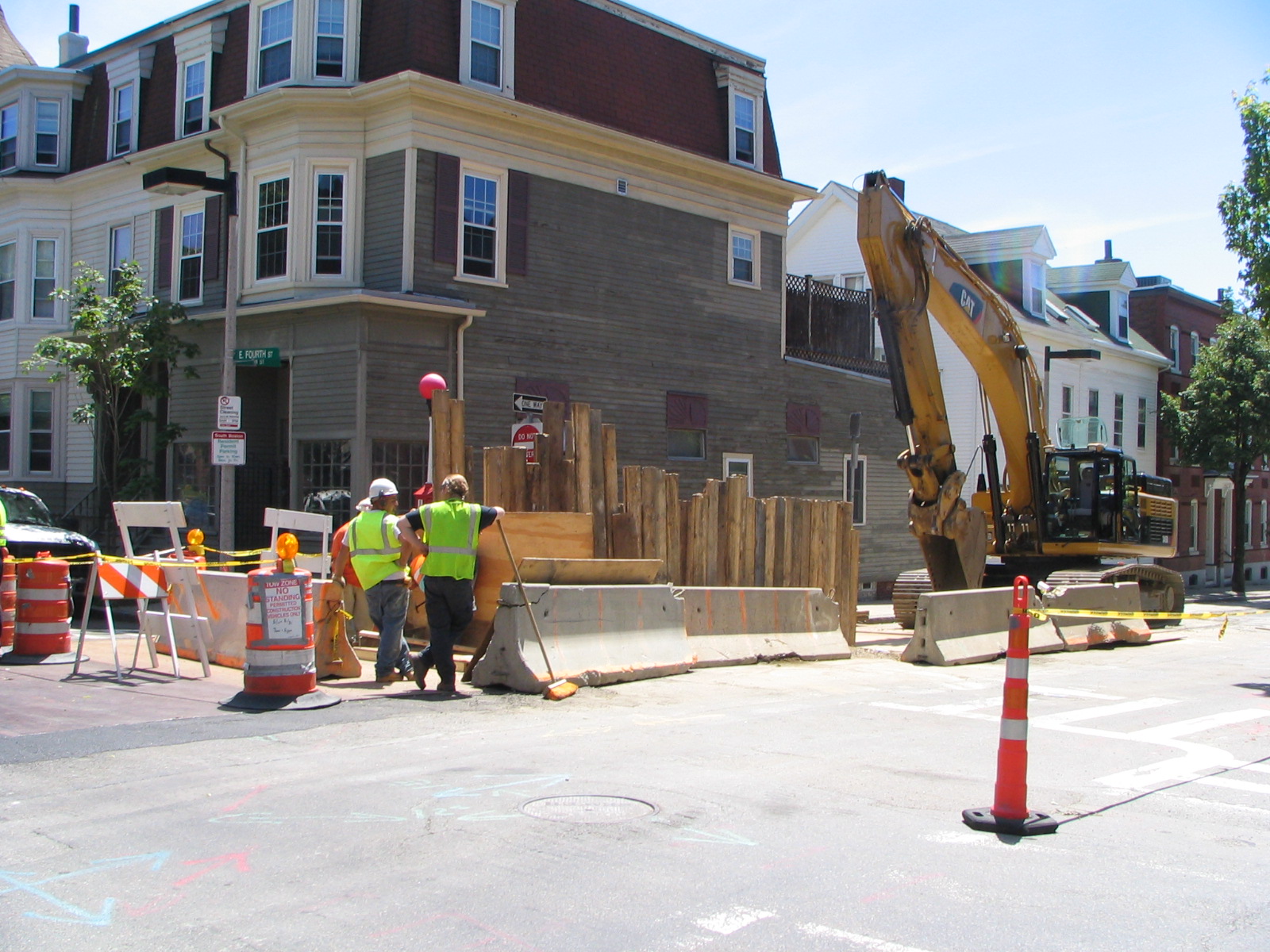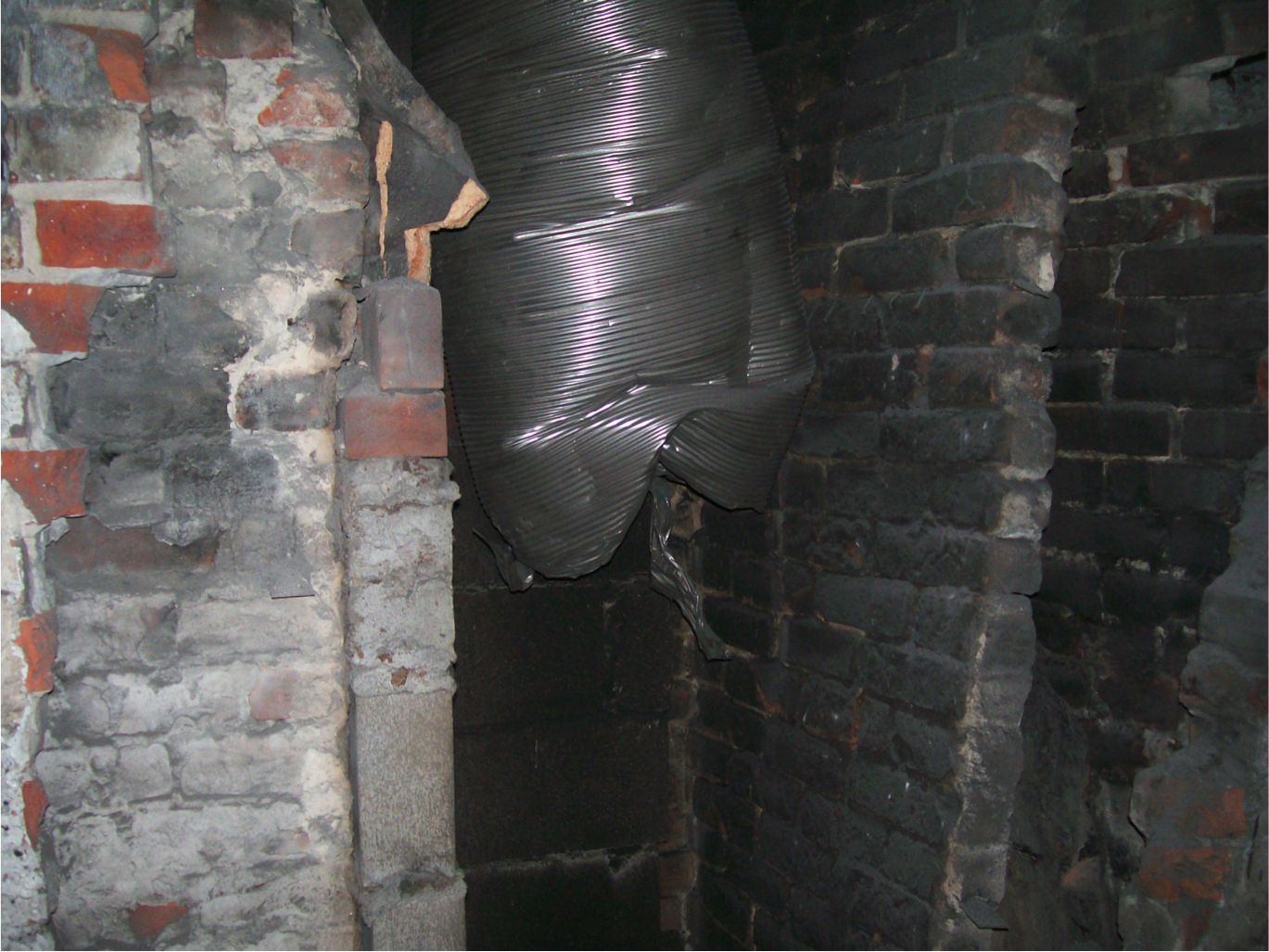Liability Limitations on the Construction Manager's Role
[fa icon="calendar'] Sep 14, 2015 7:00:00 AM / by John R. Manning, PE, CCM, LEED
When considering the use of a Construction Manager at Risk (CMAR), it is critical that an owner understands the limitations of liability that a CMAR has in regards to their design review services. As PretiFlaherty reported on September 3rd, the Massachusetts Supreme Court recently clarified the construction manager’s role.
Read More [fa icon="long-arrow-right"]
Construction Defect Litigation: Engaging Your Expert Witness
[fa icon="calendar'] Sep 1, 2015 4:30:00 PM / by Mark McGivern, CSI, Aff. M. ASCE
About this blog series:
An expert witness can make or break your construction defect case. Unlike many other types of litigation, construction cases (of all types) are often “expert driven” in determining ultimate liability and damages. The ability of the expert not only to qualify but to work and communicate clearly and objectively with counsel and client is key.
Having served as an expert witness in hundreds of cases over the past twenty years, I believe that the expert witness who can distill complex processes into plain and simple language leaves an indelible impression on judges, juries, arbitrators, and other triers of fact.
In this series of blog posts, I offer insight gained from my experience as a forensic expert, as well as in managing and working with other experts on cases both big and small. My experiences include working as a litigation consultant to assist carriers, counsel, and corporate clients in construction defect, breach of contract, E&O, and property claims litigation in a multitude of venues throughout the United States My hope is that those of you who retain expert witnesses will find value in understanding the perspective from the other side when vetting an expert you may not have worked with before. Even if you know the expert, these steps may provide you with insights that will enhance your dialogue with the expert and maximize the relationship and the outcome of any retention.
Whether you are engaging an expert on behalf of a litigant party or as a non-testifying consultant, these tips may provide insights that will help to ensure that the engagement meets your needs and expectations.
Read More [fa icon="long-arrow-right"]
Common Balcony Issues: Water Intrusion Due to Construction Defects
[fa icon="calendar'] Jun 22, 2015 2:17:38 PM / by Adrienne K. Paskind, AIA
There is no shortage of news stories about balcony failures. From the recent collapse in Berkeley, California to The New York Times report on construction defects following a Brooklyn housing boom, balcony and deck construction defects and the possible devastating consequences and law suits make for attention grabbing headlines - and should be of concern to any home or building owner.
Read More [fa icon="long-arrow-right"]
Vibration-Related Property Damage
[fa icon="calendar'] Jun 8, 2015 1:34:36 PM / by Peter A. Byrne, PE
From a contractor’s arsenal, the use of heavy construction equipment and blasting are common and efficient means of tackling various work. At some point in time it is highly likely that these types of construction activities will be employed within an area close to you.
Whether it is blasting related to mass excavation in the neighborhood, hydraulic rock breaking involved with the foundation work down the street, or the use of heavy equipment for the construction next door, the associated noise and vibration can be a nuisance at best, and often can be unsettling and possibly damaging to the area properties.
Read More [fa icon="long-arrow-right"]
The importance of industrial roof structural safety reviews
[fa icon="calendar'] May 22, 2015 6:00:00 AM / by Greg Hoyt, PE
While the media may have unnecessarily scared homeowners with the fear of house roof collapses after this year's snowstorms in New England, industrial roof failures can have costly consequences in terms of facility damage, lost production, OSHA violations, and workplace injuries. There are a number of situations that call for safety reviews of the roofs of industrial buildings.
Generally, industrial roofs should be reviewed for safety by a structural engineer every 5 years (on the conservative side), and no less than every 10 years. Providing the engineer with background documents, such as original construction drawings, weights of piping and weights of equipment can be helpful, but is not necessary.
Your structural safety review will provide you with a complete roof evaluation, including inspection of all items of distress, weakness and corrosion, and will follow with a report detailing all areas of concern and recommendations for repairs.
Read More [fa icon="long-arrow-right"]
Root Cause Analysis: An Important Tool in Accident Investigation
[fa icon="calendar'] Apr 6, 2015 3:48:10 PM / by Martin J. Barry, PhD, CIH, CSP, PE
When damages occur, identifying other contributing causes may keep your client from shouldering all the blame—and the associated costs.
Once in a while, an incident occurs that is cut and dry: the cause of damages is clear and a single party is to blame. The only question left for an expert to answer is how much monetary damage was caused. But far more often, when things go wrong there are multiple parties who might be responsible, even when at first glance a single party seems to be on the hook.
Read More [fa icon="long-arrow-right"]
